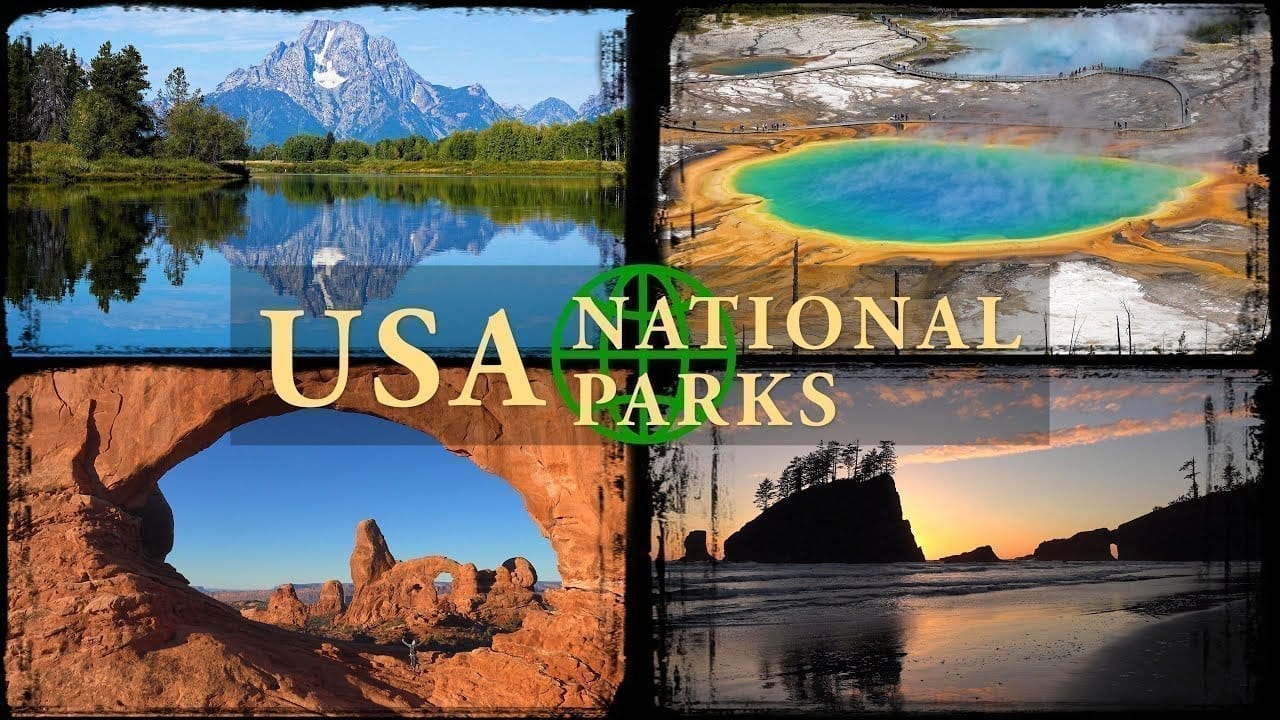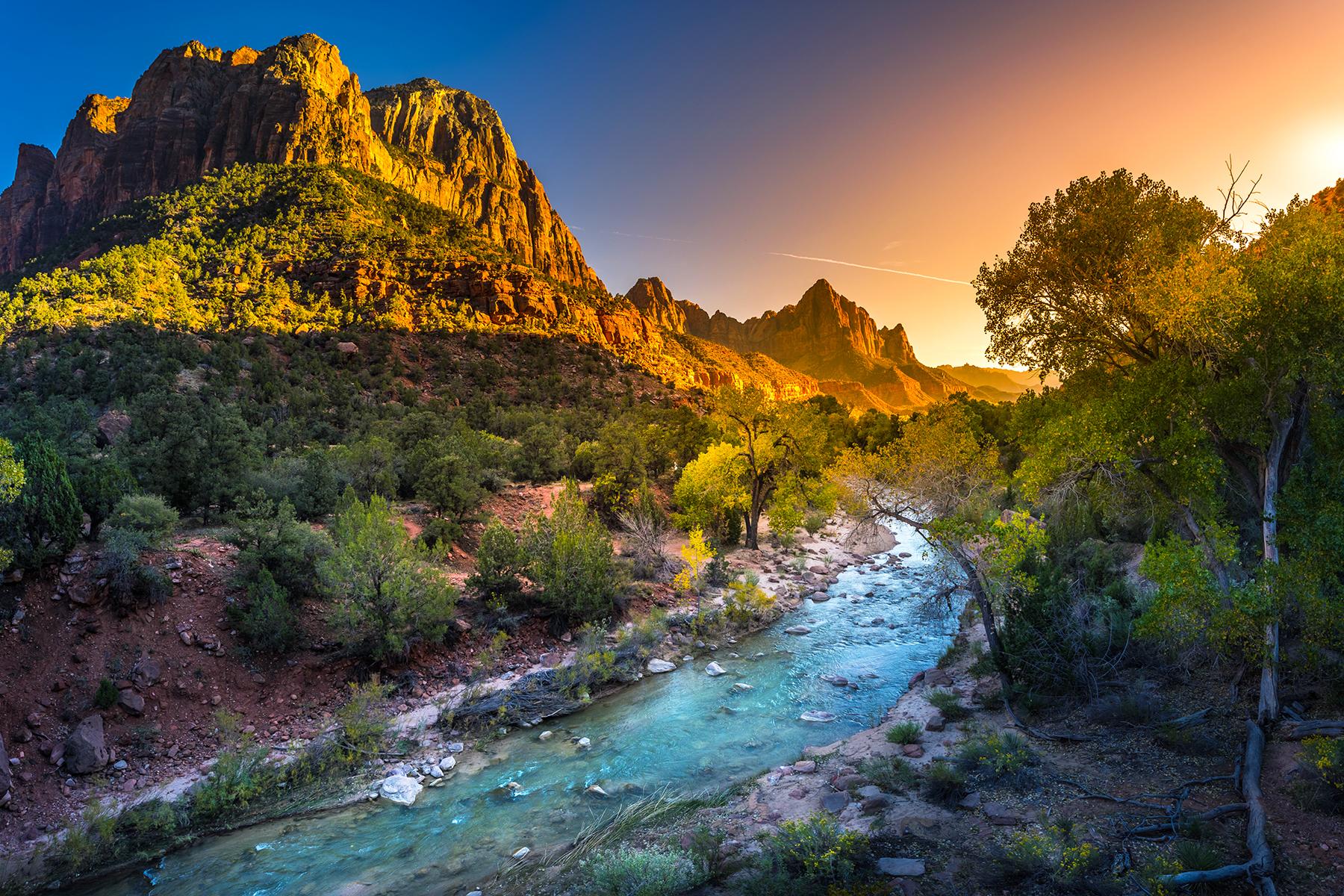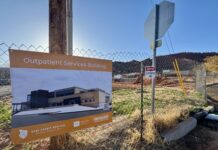
Trump Administration Advances Efforts to Improve the Visitor Experience at National Parks
NPS proposes improvements to visitor service program
WASHINGTON – Today, the Trump Administration announced that for the first time in twenty years, the National Park Service (NPS) is proposing long-overdue improvements to the regulations that govern contracts to enhance visitor services at NPS units. If approved, the revisions would reduce administrative burdens for concessioners to promote competition, provide more flexibility to add new services, and encourage investment in concession facilities.
“This proposed regulation is one more step in the Trump Administration’s effort to create an environment that optimizes our service to the American people at our great national parks by improving the visitor experience,” said U.S. Secretary of the Interior David L. Bernhardt. “We look forward to receiving public comments on this important initiative.”
The proposed regulatory changes result from President Trump’s Executive Order 13777, Enforcing the Regulatory Reform Agenda, and Department of the Interior’s (Department) Secretary’s Order 3366, Increasing Recreational Opportunities on Lands and Waters Managed by the U.S. Department of the Interior, which directed the NPS to look for ways to streamline and improve the contracting process for recreational concessioners. This is a part of the Department’s efforts to expand access to and improve the infrastructure on public lands and waters, including through the use of public-private partnerships.
The Secretary’s Order is intended to provide the public with more recreational opportunities and memorable experiences on the Department’s public lands and waters. The proposed rule is responsive to these directives, suggestions received from visitor service providers, and areas for improvement identified by the NPS.
“Concessioners have been creating lasting national park memories for more than 125 years. The proposed changes are an important step toward strengthening our public-private partnerships and expanding sustainable, high quality, and contemporary visitor services in our national parks,” said National Park Service Deputy Director David Vela, exercising the authority of the Director.
Concessioners provide vital visitor services, generating $1.5 billion in gross revenues annually in over 100 units of the NPS. These concessioners bring investment, needed facilities, and recreation opportunities to national parks. They pay approximately $135 million in fees to the NPS annually and employ more than 25,000 people. Services provided include food, lodging, gifts and souvenirs, equipment rental, marinas, transportation, guided recreation, and other visitor services. The Concessions Management Improvement Act of 1998, which governs these concession agreements, has not been substantively revised since the implementing regulations were first promulgated in April 2000.
Concessioners have used private funds to build most of the lodges and key visitor facilities in the national parks. These buildings are now government property, maintained, and operated by the concessioners. However, the trend for contract terms has been shorter over time, discouraging investment. Efforts to develop new visitor services often fail. Pricing approval policies are burdensome and complex. Prospectuses for concessioner services have not attracted companies new to the field and many have drawn no offers. There has been very little expansion of concessioner-provided visitor services to new units of the National Park System, which could address overcrowding in some of the most popular parks. The proposed regulatory revisions are a positive step toward addressing these concerns.
The NPS proposes to improve the way it bids, awards and administers these contracts. The goal of these changes is to improve the experience of visitors at national park units. Examples of the proposed changes include:
- Soliciting and considering suggestions from the public, including from potential concessioners, for new commercial services in parks and adding flexibility to how bids are scored so that results more accurately reflect what is most important for park visitors.
- Changing the criteria for what improvements are eligible for cost recovery to encourage investment in visitor facilities.
- Setting appropriate rates for goods and services based on market forces.
- Adding new services or facilities to an existing contract, as necessary and appropriate for public use and enjoyment, and lengthening contract terms to enhance services and improve the experience of visitors at national park units.
Members of the public are invited to share their comments on the proposed rule. Comments can be submitted online.
Background
The Trump Administration has made it a priority to improve the national parks system for the enjoyment of all visitors. The Department has increased funding for the deferred maintenance budget by securing $3.9 billion – an increase of 66 percent in comparison to the Obama Administration budget. During the first three years of the Obama Administration, the National Park Service’s budget for deferred maintenance was cut, leaving this growing problem for the Trump Administration to clean up.
Additionally, President Trump took bold action and provided unprecedented support for Congress to permanently fix the aging infrastructure at our national parks through the Great American Outdoors Act. The popularity of our national parks continues to increase as more than 327 million visitors were welcomed last year. The NPS estimates that the current needs to fix crumbling park infrastructure is in excess of $12 billion. This only includes repairing what is currently managed, not investing in new ideas or projects. Much of the infrastructure is over a half-century old with more than 5,500 miles of paved roads, 17,000 miles of trails, and 24,000 buildings in dire need of repair.
President Trump’s leadership and a strong bipartisan group of senators have placed the most significant legislative accomplishment for conservation stewardship at the threshold of enactment, requiring action by the House of Representatives to bring the bill to the President for signature. The text for the Great American Outdoors Act is online.




